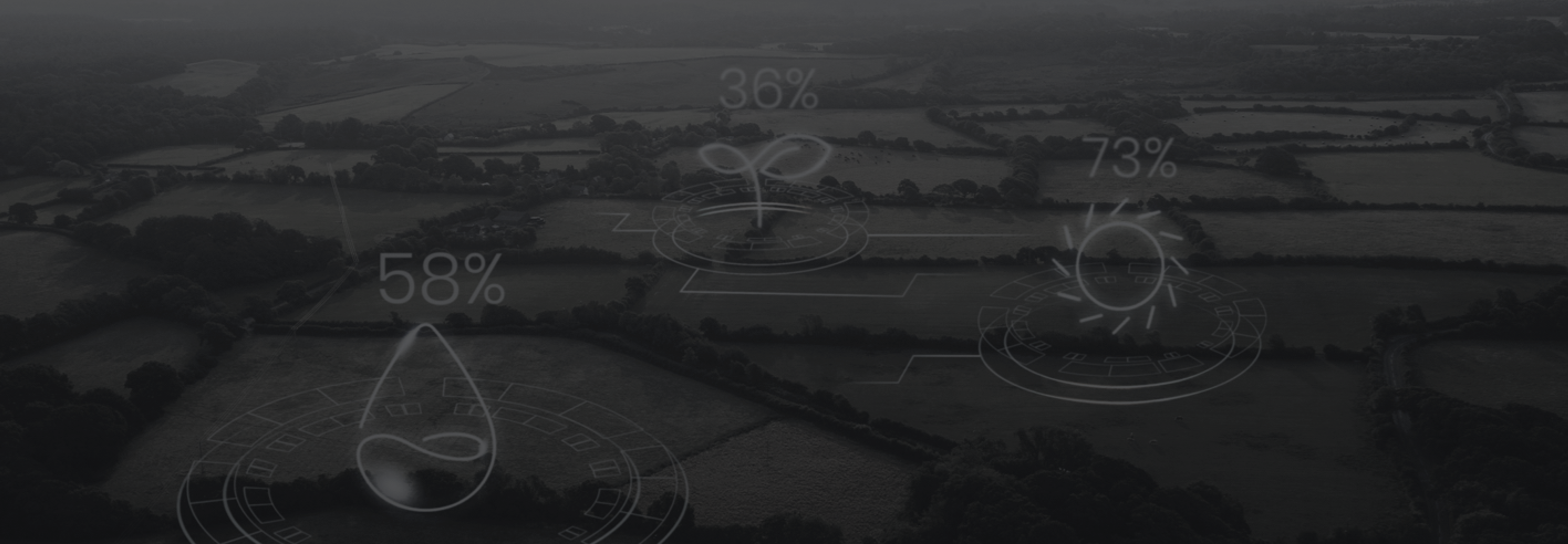Safeguarding Your Cloud: Elevating Privacy and Security in the Digital Age
The digital revolution has ushered in an era of unprecedented transformation, with cloud computing at its epicenter. This technology has revolutionized businesses and individual lives, offering flexibility, scalability, and cost-effective IT solutions. However, as we entrust more of our data to the cloud, concerns about privacy and security have taken center stage. In this article, we’ll delve into the significance of cloud privacy and security, and explore tools and strategies to mitigate risks associated with data handling in the cloud.
The Imperative of Cloud Privacy and Security
Cloud privacy and security aren’t just tech jargon; they’re the bedrock of any organization’s IT strategy. With cyber threats on the rise and data breaches carrying hefty price tags, securing your cloud data has never been more crucial. A single data breach or cyber-attack can trigger financial losses, tarnish brand reputation, invite legal liabilities, and even lead to customer attrition. Thus, adopting robust security measures to protect cloud data isn’t just a need—it’s a mandate.
Navigating the Cloud Security Landscape
Cloud security presents unique challenges. Your data resides on servers managed by third-party cloud service providers. While these providers offer a range of security features and compliance certifications, the onus of data protection ultimately falls on the data owner. This underscores the importance of selecting a trustworthy cloud provider and implementing additional security measures like encryption, access controls, and monitoring.
Empowering Cloud Security with Tools and Mechanisms
Enhancing cloud privacy and security involves minimizing direct access or manual data processing. This can be achieved by leveraging tools and mechanisms that automate data handling, thereby reducing the risk of human error or intentional misuse. Here are some key strategies:
Encryption: Encryption transforms data into a coded form, readable only by those possessing the decryption key. Encryption types include symmetric (using the same key for encryption and decryption) and asymmetric (using two different keys).
Access Controls: Access controls define who can access data and their level of interaction. This includes password protection, two-factor authentication, and role-based access control.
Data Loss Prevention (DLP): DLP technologies monitor and control data transfers to prevent data leakage, a boon for organizations adhering to data protection regulations.
Cloud Access Security Brokers (CASBs): CASBs act as intermediaries between the cloud user and provider, offering visibility and control over cloud usage. They enforce security policies, detect and prevent threats, and provide audit logs for compliance.
Cloud-Native Security Tools: These are security solutions tailored for cloud environments, leveraging the cloud’s scalability and flexibility for comprehensive security coverage. Examples include AWS Security Hub, Azure Security Center, and Google Cloud Security Command Center.
Automated Data Processing: Software or algorithms are used to process data, reducing the risk of human error or intentional misuse, and increasing efficiency and speed.
Data Minimization: This involves collecting and storing only the necessary data, reducing potential breach risks and aiding compliance with data protection regulations.

Cloud privacy and security are paramount in protecting sensitive cloud data. By employing tools like encryption, access controls, DLP, CASBs, cloud-native security tools, and automated data processing, organizations can significantly mitigate data breach and cyber-attack risks. However, staying abreast of the latest security threats and best practices, and conducting regular security audits and vulnerability assessments are equally important. With a proactive approach to cloud security, organizations can ensure their data remains safe in the cloud.
Remember, cloud security is not a one-off task but an ongoing commitment. It demands continuous monitoring, regular updates, and a culture of security awareness. By adopting these measures, we can maximize the benefits of cloud computing while minimizing the risks.






